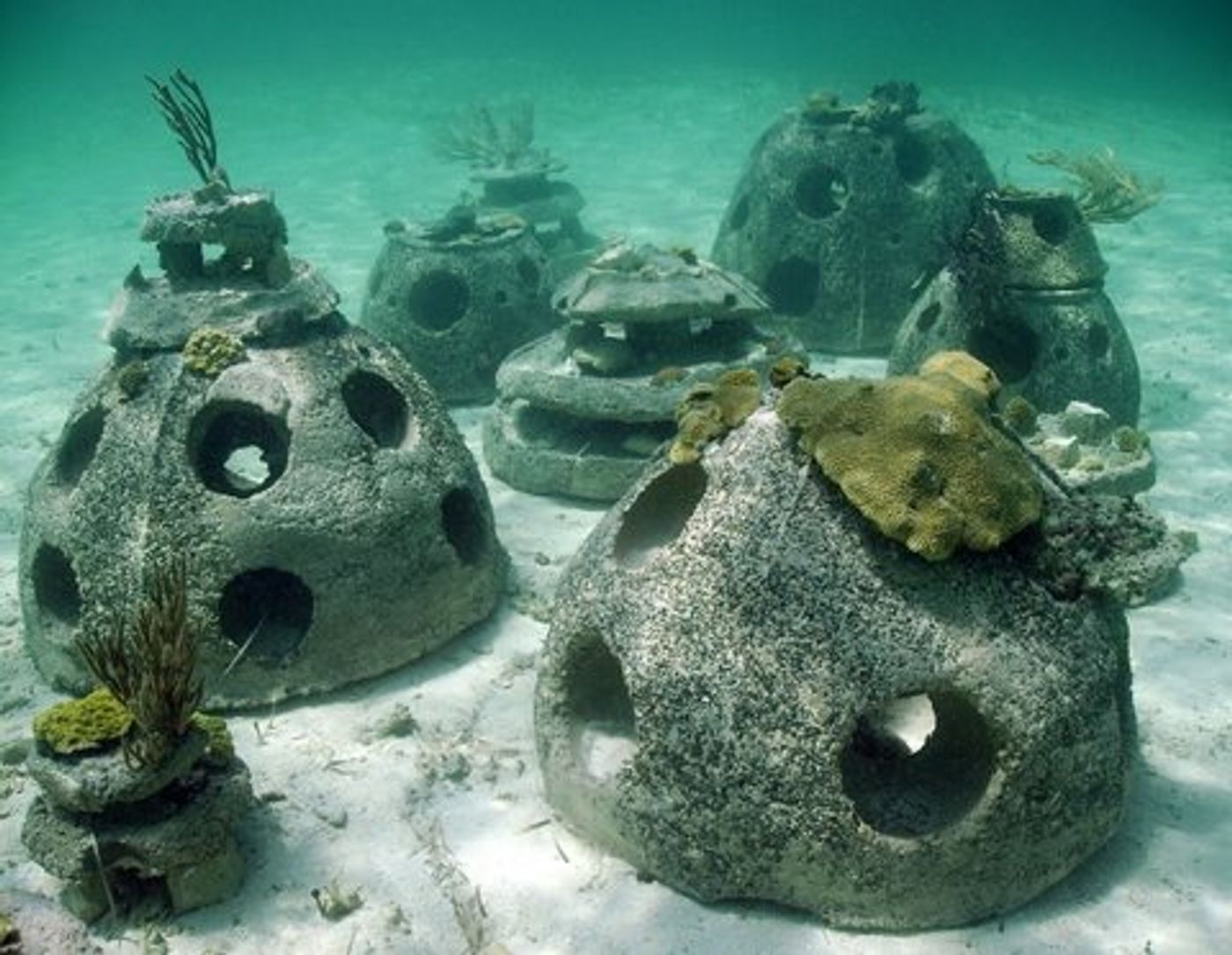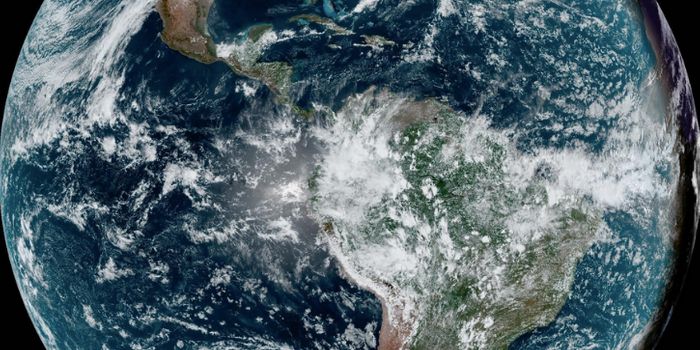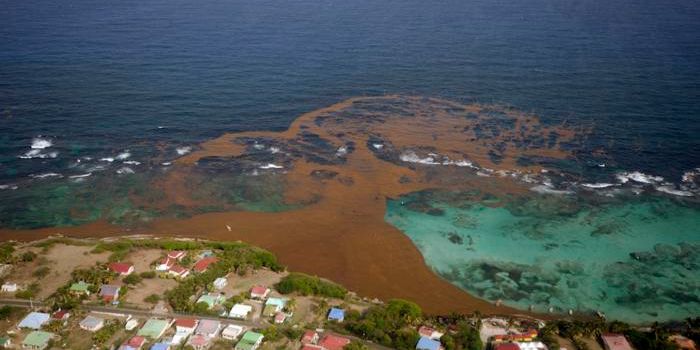What's your coral reef's insurance policy?
On a recent trip to the Yucatan Peninsula, I visited the Mesoamerican Reef, which stretches 600 miles from the Yucatan to Honduras and is the second-largest barrier reef in the world. When I was snorkeling off the beautiful coast of Cozumel Island, I was surprised to see an array of panels about 12 feet below flashing up at me. They looked like solar panels, but with little growths sticking out every three inches or so. I dove down to get a better look and realized they were coral reef farms – the panels were supports for baby corals that were part of a restoration project.
The Mesoamerican Reef does a lot not only for the marine life beneath the sea’s surface but also for the Mexican state of Quintana Roo, where cities Cancun and Playa del Carmen receive approximately 12 million visitors a year that generate roughly $9 billion, according to Quintana Roo governor, Carlos Joaquin Gonzalez. Tourists come to relax and enjoy the Caribbean coast – which includes some of the best snorkeling and scuba-diving in the Western Hemisphere. But the state of the Mesoamerican Reef doesn’t just concern the Mexican government because of its tourist economy. Coral reefs also protect the shore from devastating hurricanes and the biodiversity that thrives in reef ecosystems supports the fishing industry. According to The Nature Conservancy, in-tact reefs can reduce wave energy by up to 97%, thus acting as a buffer for beaches and infrastructure. All this is to say that the Mesoamerican Reef matters to Mexico.
And yet, since 1980, live coral cover has fallen 80% due to disease and bleaching, secondary symptoms of climate change. Though restoration projects like the one I saw while snorkeling exist, there has not been any sort of united front between governments and conservation organizations to protect coral reefs. Until now.
Mexico declared its commitment to the protection of the reef last month when the Quintana Roo government, partnered with the Nature Conservancy, announced that the state will be investing in an insurance policy for 37 miles of reef and beach around Cancun and Puerto Morelos. This policy will be the first of its kind.
The insurance (like most insurance) is for very particular circumstances: if a Category 4 or 5 hurricane hits the protected section of the reef, the policy will give a rapid pay-out in order to repair and restore the reef. Though the policy does not cover against harder-to-measure natural phenomena that also negatively impact reefs, such as warming and acidification of the world’s oceans, it is a step in the right direction. “In theory,” writes Futurism, “similar policies could be written for marshlands that protect coasts, or even rainforests that store carbon and foster biodiversity.”
“It’s never been done before, there’s never been insurance on a reef,” Mark Way, The Nature Conservancy’s director for global coastal risk and resilience, said. “It’s really the first time the protective value has actually been monetized.” It is unclear exactly how much money the Quintana Roo government would get to cover the cost of such restoration in the case of a hurricane.
Sources: Futurism, Reuters, Oceans Deeply









